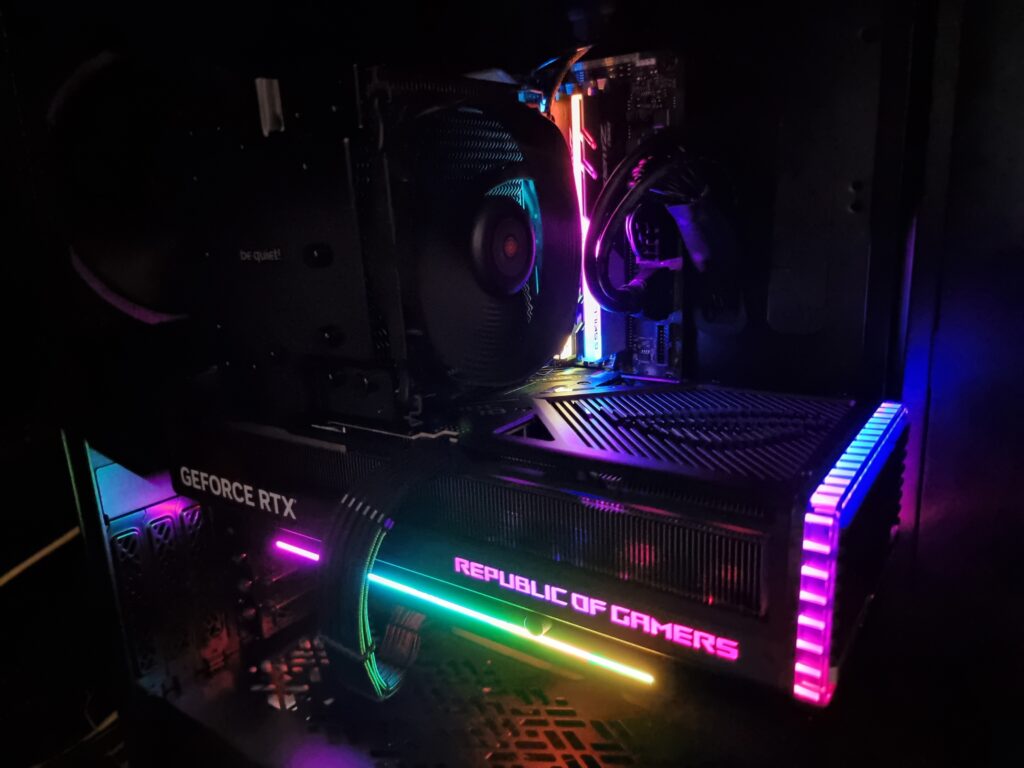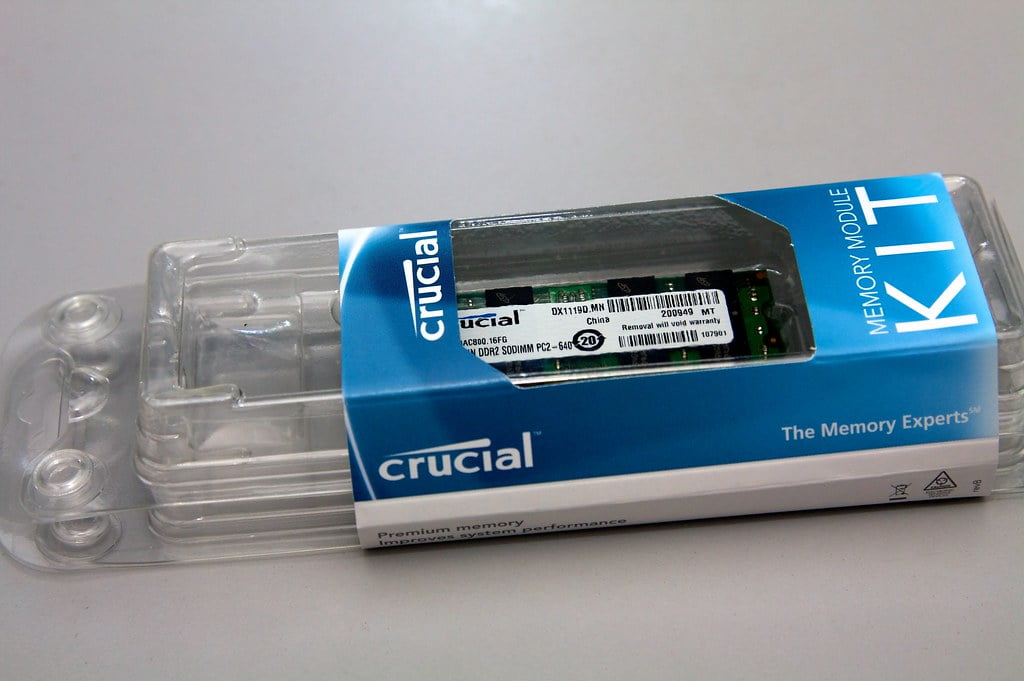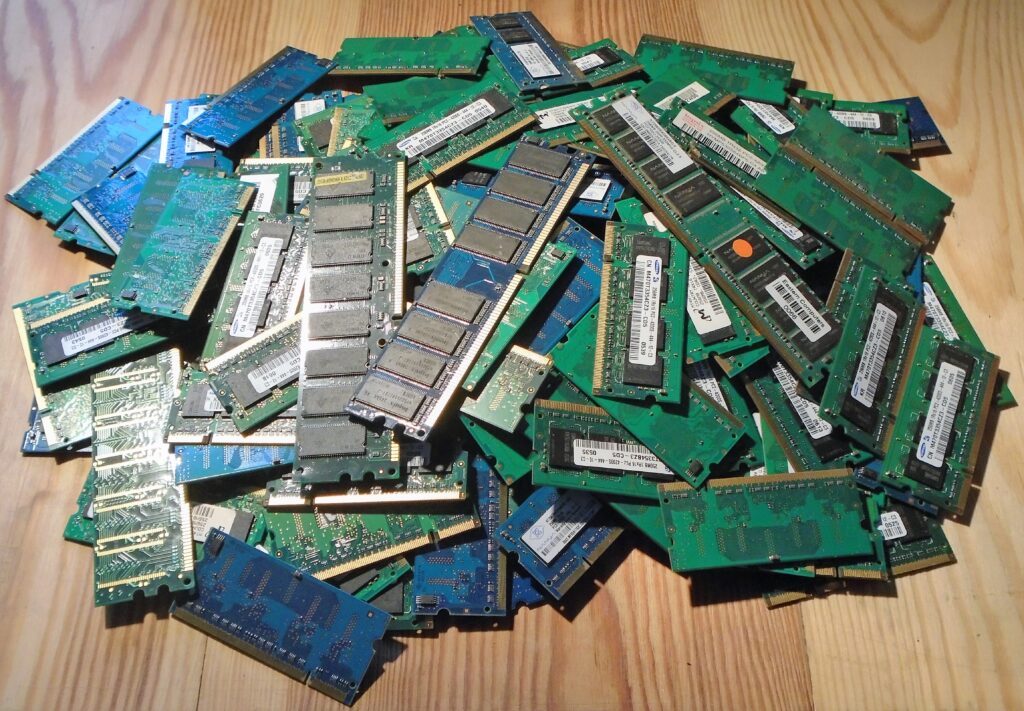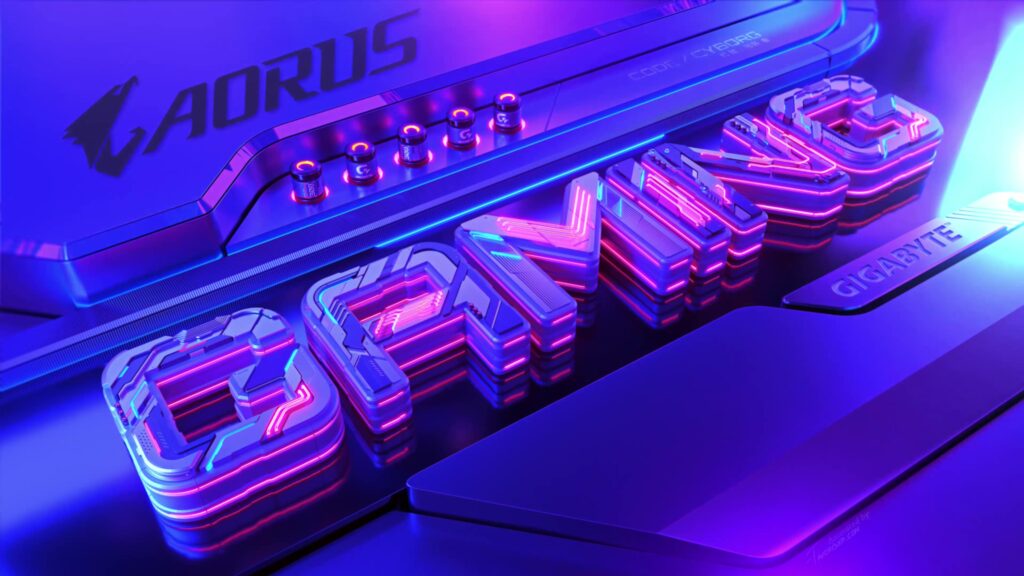Which RAM is Best to Buy?
Choosing the right RAM (random access memory) for your machine can be difficult in the world of technology, where things change rapidly and there are many options. There are so many names, speeds, sizes and types to choose from that it’s easy to get confused. However, there is no need to worry! This guide is meant to demystify purchasing RAM for your computer and help you make an informed choice.

Understanding RAM:
RAM is essential for every computer. It provides temporary storage for the CPU to process data quickly. Think of it as your computer’s short-term memory, which enables quick retrieval of software and work data.
The amount and speed of RAM affects system performance. like this:
Capacity:
RAM capacity measures the data capacity of a memory module. Having enough RAM allows your machine to multitask without slowing down. Lots of RAM keeps your system from running out of memory and switching to slower storage like a hard disk or SSD if you’re running multiple apps or dealing with large files.
Speed:
Memory speed, measured in megahertz (MHz) or gigahertz (GHz), affects CPU data access and processing. RAM speeds up data transfers, reduces latency, and increases system responsiveness. This is important for memory-intensive tasks like gaming, video editing, and multitasking. To prevent compatibility difficulties, you need to check that your RAM speed matches your motherboard and CPU.
Overall, selecting RAM with the appropriate amount and speed optimizes system performance. Whether you are a power user or a normal user, the excellent RAM assures smooth performance and effective multitasking.

Capacity:
One of the most important things to think about when buying RAM is its capacity. A computer’s random access memory (RAM) capacity, in gigabytes (GB), is a measure of its maximum data handling capabilities. Having the right capacity ensures that your system runs smoothly, especially when you’re trying to multitask.
Computers often do not need more than 8 to 16 GB of RAM for normal activities such as web surfing, word processing, and light multitasking. With this much RAM, your computer can run simple programs and processes without any lag or interruptions. For occasional users, it’s a perfect blend of affordability and practicality.
Video editing, gaming, and other resource-intensive activities can greatly impact system performance, so it is recommended to use 16GB or more of RAM. Like analyzing complex data, executing graphics-intensive apps seamlessly, and managing large files, these activities require more memory resources. Your system’s responsiveness, loading times, and general performance will all increase as a result of having additional RAM available for these processes.
Ultimately, your computer’s needs and habits will determine the ideal amount of RAM. When trying to strike a balance between price and performance, it can be helpful to take stock of the things you commonly do on your computer. Having enough RAM guarantees a smooth computing experience that suits your needs, whether you’re an occasional user or a heavy user.

Speed:
Before updating or purchasing memory for your computer, be sure to evaluate the RAM speed. RAM speed, in megahertz (MHz) or gigahertz (GHz), is a direct indicator of how fast your computer can access and transport data. Keep the following things in mind when choosing RAM and why it is important:
Improved System Responsiveness:
A more responsive system is the end result of faster data processing, which is made possible by installing more RAM. A more streamlined and fluid computer experience results from higher RAM speeds, which is beneficial when opening apps, loading data, or switching roles.
Enhanced Multitasking Capabilities:
When your RAM is faster, your computer can do more tasks at once more efficiently. This becomes quite useful for multitasking when you have multiple programs or processes open at once. Increasing your RAM speed allows your system to more easily access and process data from multiple sources, reducing latency and slowdown.
Compatibility with Motherboard and CPU:
If you want to buy RAM, make sure it works with your motherboard and CPU. To find out which RAM combination is compatible, you will need to verify your motherboard’s specifications, as different motherboards accept different speeds and types of RAM. Remember to check CPU compatibility with your RAM speed recommendations and constraints before purchasing.
Consider DDR versions:
Modern double data rate (DDR) versions, including DDR4, offer significant performance and efficiency gains over their predecessors, DDR3 and DDR2. DDR4 RAM modules are perfect for current computer systems due to their superior clock rates and low power consumption. DDR4 RAM not only guarantees faster performance, but it also improves energy efficiency, which can result in lower power usage and less heat emissions.
A quick RAM upgrade can significantly improve your system’s responsiveness, performance, and ability to handle multiple tasks at once. However, it is important to check compatibility with your motherboard and CPU to ensure you get the most benefit from the performance improvements. The latest DDR models, such as DDR4, provide enhanced performance and power savings for your computer. Memory modules (RAM) with the right speed and compatibility will increase your system’s performance and provide a more enjoyable computing experience.

Compatibility:
It is extremely important to optimize performance and avoid compatibility issues with your system’s motherboard when selecting RAM. A smooth integration requires the following basic steps:
Verify motherboard specifications:
Before purchasing RAM, check the specifications of your motherboard to see what type of RAM it can handle. Even though DDR3 and DDR2 RAM are still in use, most new motherboards are compatible with DDR4 RAM. Installing inappropriate RAM may result in system instability or an inability to start, so it is important to know the supported DDR version.
Check the maximum speed and capacity:
Know your motherboard’s maximum RAM limits, both in terms of capacity and speed. This information should be provided in the specs sheet or manual that came with the motherboard. To get the most out of your motherboard and keep it from crashing, you need to match its specifications. If you go beyond the maximum speed or capacity, there may be a problem with not using all the RAM or system triggering.
Factors in the form:
The RAM form factor supported by your motherboard should be carefully considered. When it comes to motherboards, most desktops use DIMM slots, while laptops and small form-factor PCs often use SO-DIMM slots. Make sure the dimensions of the RAM modules match the slots on your motherboard so they can be installed correctly.
Minimum Voltage Requirement:
There may be voltage specifications for RAM modules that are specific to certain motherboards. Do not risk component failure or incompatibility by installing RAM unless its voltage rating is compatible with the motherboard’s requirements. Neglecting voltage compatibility may result in system instability or damage to RAM and hardware components.
Your system’s RAM can be easily integrated if you follow the compatibility requirements and carefully check your motherboard’s specifications. To get the most out of your hardware setup, this preventive method not only reduces compatibility issues but also increases performance.

Brand Reputation and Warranty:
Memory modules should be purchased only from well-known companies that have a reputation for manufacturing high-quality and reliable products. Check out Corsair, Kingston, Crucial, and G.SKILL for a few reasons:
Reliable Performance History:
These companies have been making memory modules for a long time, and they have become leaders in marketing. As a reflection of their dedication to reliability and quality, they have been in the market for a long time.
First-Class Ingredients:
To guarantee the longevity and functionality of their RAM modules, reputable companies employ high-quality components and follow strict production regulations. This precaution ensures reliable performance and durability even in the most extreme environments.
Better protection against manufacturer delays:
Manufacturers who are known for their reliability often provide RAM products with extended warranty coverage, giving consumers relief in the event of manufacturing defects or malfunctions. In the unlikely event of a problem, repair or replacement is covered under warranty, minimizing any inconvenience.
Unique support for customers:
Reputable companies usually provide first-class customer service in addition to full warranty protection. The helpful support staff is available to answer any questions you may have about installation, compatibility or problems.
Performance and Compatibility:
RAM modules from trusted companies are extensively tested to guarantee that they work with many different systems and perform really well. By checking if the RAM works with your system, we can reduce the possibility of compatibility issues and ensure that it does not cause any problems.
Buying RAM from reputable brands not only ensures that the product will last for a long time, but also gives you peace of mind because you know you are receiving a top-notch product with superior warranty coverage and customer service. When you’re building a new computer or updating an old one, it’s smart to invest in RAM from reputable companies like G.SKILL, Crucial, Corsair, and Kingston to ensure long-term stability and performance.

Budget Considerations:
It can be hard to resist the temptation of having the latest and greatest RAM with insane capacity and lightning-fast speeds when shopping for your system. However, you must strike a balance between your dreams and realistic concerns, especially your financial situation. Let me explain:
Find out what you need from your computer:
First things first: Be practical when assessing your computer’s needs. Think about what types of things you usually do on your computer and how fast it needs to be. Does your use range from leisurely web surfing and document editing to more intensive activities like gaming or video editing, which require more powerful capabilities? Knowing your demands is essential to finding the right spot between RAM speed and capacity.
Maximum Return on Investment:
Even though it’s tempting to choose the most feature-rich option, you should really focus on getting the most for your money. Choose a RAM configuration that works for you without breaking the bank. You shouldn’t waste money on features that won’t improve your computing experience, such as excessive RAM capacity or ultra-high speeds, if your usage habits don’t require them.
Try finding sales and bargains:
Keep track of sales, discounts, and package offers offered by trusted stores and brands. These can offer great potential to save money on RAM purchases without compromising on quality. You can make your money go further if you take advantage of sales, discounts, and bundles with additional components.
Think about the possibility of future upgrades:
Think about potential future enhancements as you make your selection. If you think the demands on your computer will change in the future, you may want to consider getting a little more RAM than you need. By taking this proactive approach and not replacing your RAM before you need to, you can potentially save money in the long run.
You can make a smart choice when buying RAM for your computer by thinking about your computing demands, putting value for money first, and searching for sales and discounts. Keep in mind that it’s not enough to just get the latest and greatest; you also need to strike a balance between performance, cost and investment security for the future.
Table of Contents
Related Posts-
Which brand of RAM is better?
“What brand is AORUS?”

